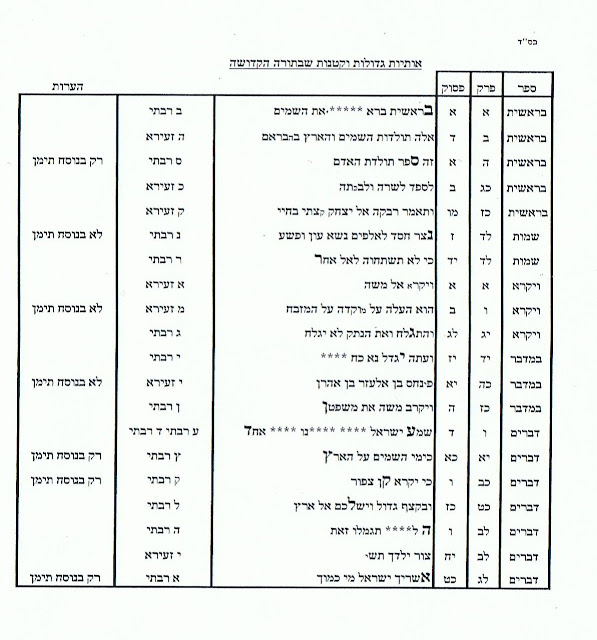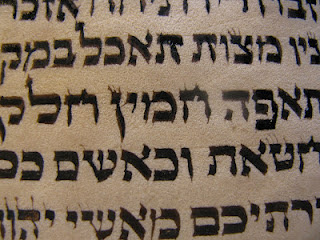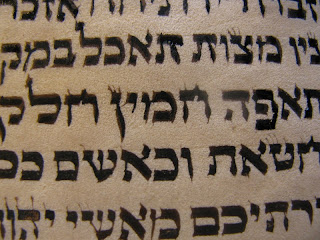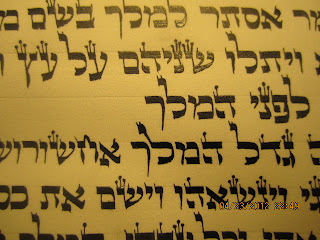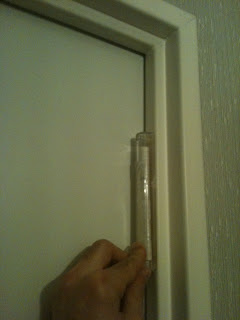I notice that a lot of the posts on this site are "shailos" about certain issues. Invariably, the poster includes a picture of the shailah, oftentimes enlarged (and even if not enlarged, our own viewing on a computer screen may enlarge the picture). We likely never view the shailah in the actual exact size of the original writing. Can we actually pasken or even give an informed opinion using these enlarged, hi-res photos? In Siman 32, Sif 13, Sif Katan 32, the Mishna Berurah says that small wholes that are not visible by the naked eye do not passul a klaf even though you can see the hole when holding up the klaf to the sun. I saw in the dirshu mishna berurah, that many poskim learn from there (and indeed it is clear from the mishna berurah itself) that a writing is only passul if when the issue is discernable by the naked eye. In other words, whether or not we see an issue in an enlarged, hi-res photo, should have no bearing on the halachik status of the writin...
